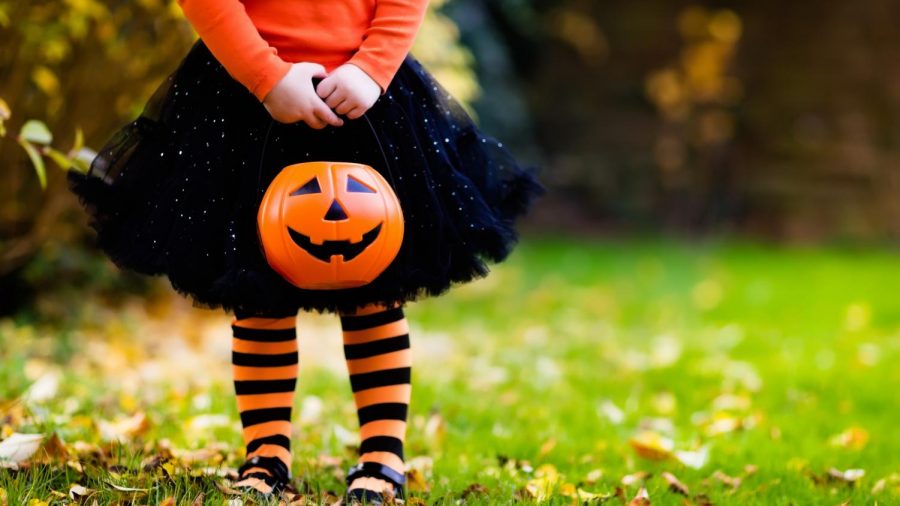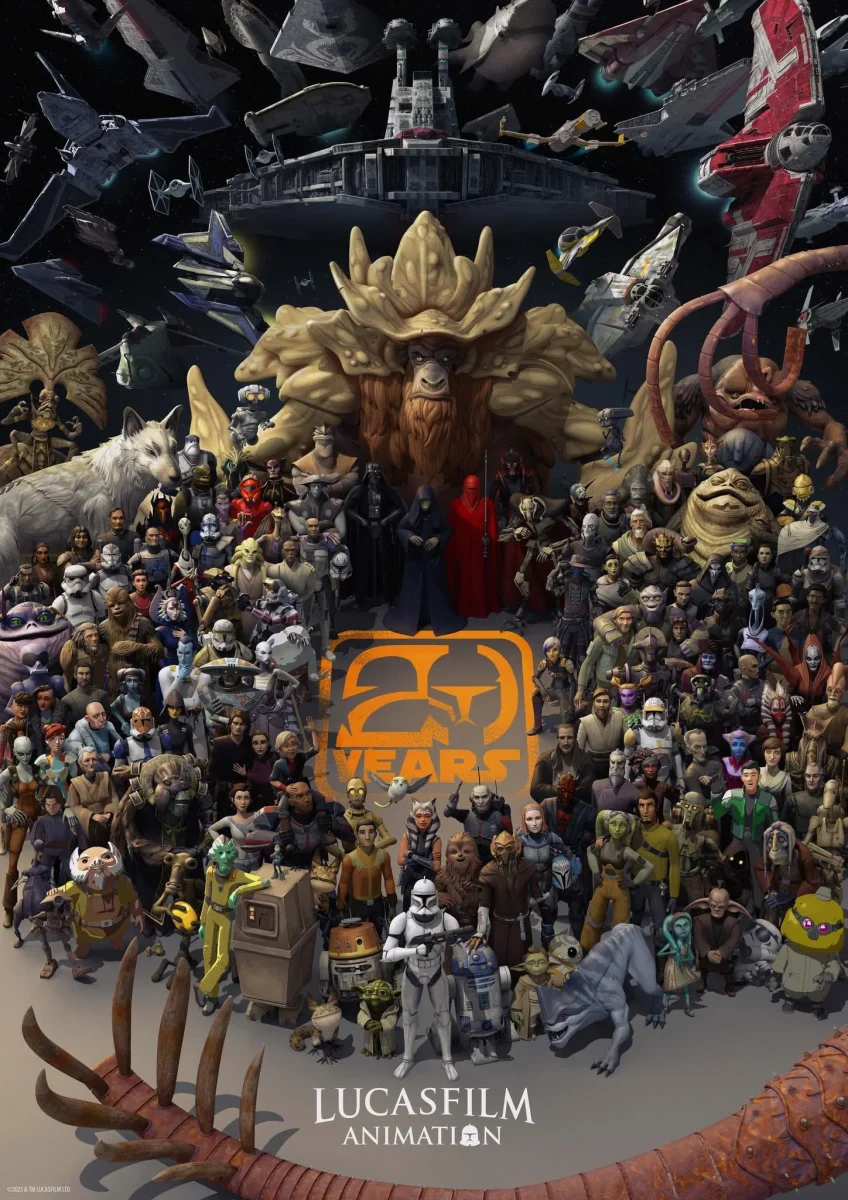“Trick or treat!” When you hear those words, what is your initial thought? Halloween probably, right? Often, when people think of Halloween they think of the candy, the costumes, the parties, and of course trick or treating. But where did all these things come from? How did they become these things that we call traditional when celebrating this spooky holiday?
Halloween has its roots in the Ancient Celtic Festival of Samhain, a pagan religious celebration that was meant to welcome the harvest at the end of the summer, when people would light bonfires and dress up in costumes to ward off ghosts. The holiday is celebrated on October 31 and can also be referred to as “The night before all the Saints day”. According to History.com, in the eighth century, Pope Gregory III designated November 1 as a time to honor all saints. Soon, All Saints Day incorporated some of the traditions of Samhain. The evening before was known as All Hallows Eve, and later Halloween. Over time, Halloween evolved into a day of activities like trick-or-treating, carving jack-o-lanterns, festive gatherings, donning costumes and eating treats.
Trick or Treating
A common tradition of Halloween is of course going door to door to people’s houses, saying the iconic line, “TRICK OR TREAT!” But have you ever thought about what that even means, or how it came to be? Where it originates remains leaden, but traces can be identified in Ancient Celtics, early Roman Catholic holidays, medieval practices—and even British politics. However, the phrase itself comes from Barry Popik, an etymologist, who traced the earliest usage of the phrase in connection with Halloween to a 1927 Alberta newspaper article reporting on pranksters demanding “Trick or Treat” at peoples houses. Odds-on these pranks gave rise to the use of the phrase.
Wearing Costumes
Costumes have played a key role in Halloween gatherings all around the world for centuries. They are often what excites people about Halloween. The ability to be whoever you want without the judgement and criticism of your peers is what lures people into Party city and how parents of younger kids go broke after receiving those pottery barn magazines in the mail. The dressing up in costumes goes all the way back to the 1600’s. People would dress up as divine beings or saints and they would go door to door in a practice known as “souling”. News 18 talks about how Folks dressed in spiritual clothing would approach residences and perform religious songs or poetry (mumming) in exchange for spice-filled “soul cakes” and treats. Halloween costumes has also been said to come from the first wave of Irish and Scottish immigrants to the united states in the 18th century.
Carving Pumpkins
In the 19th and early 20th centuries, the influx of Irish immigrants, who brought their traditions and folktales, also helped shape the story of jack-o’-lanterns in America. They discovered that pumpkins, not indigenous to Ireland but common in North America, were much better suited to carving than turnips or potatoes. In the 1800’s , a lot of people left England and Ireland to go and live in America. They took their Halloween traditions with them, but instead of carving turnips, they made their Halloween lanterns out of pumpkins. There are a lot of pumpkins in America in the autumn. From then on, carving pumpkins for Halloween became a popular way of celebrating.
Of course that was just to name a few of your favorite Halloween lore’s that seem to be the main focal point of the holiday. So now when you celebrate and your carving Jack-o-lanterns with your boyfriend or girlfriend, maybe you’ll look back and think about the Irish immigrants. If not, at least you got your daily reading in today.











